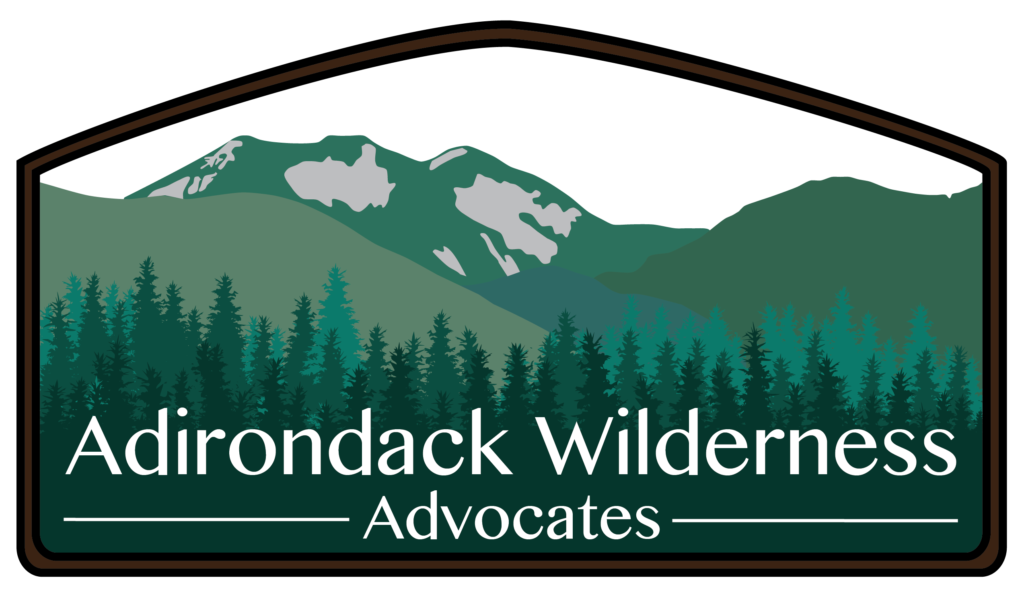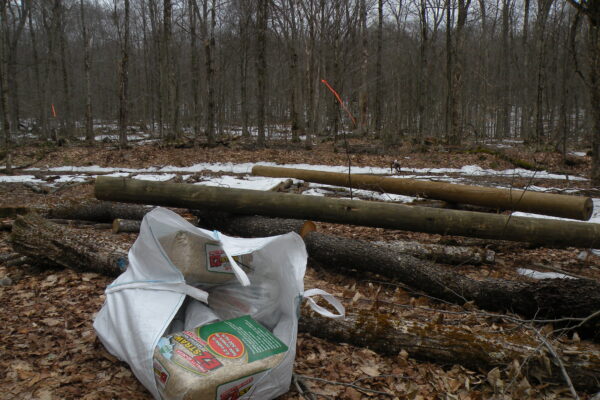After attending APA public hearings and reading articles from Access the Adirondacks, I can’t help but question, “Am I the bad guy thinking the Boreas Ponds Tract should be a Full Wilderness area?” They’re saying my viewpoints on the land classification is intentionally trying to leave a large portion of New York State residents out of the Tract so that I can have it all to myself. If you know me even a little, you should understand I am not that selfish; I just don’t have it in me. My viewpoints are in support of the preservtion of the lands that are fragile with endangered species, and an opportunity for people to feel empowered after arriving at their destination. I don’t want people to be left out; I want people to be encouraged to carry well prepared packs and experience true nature for an entire day. I am fighting for Wilderness because I have learned this summer how the political system is corrupt with finances being the driving force. I am fighting for Wilderness so I will have something to believe in. So I can believe that state land policies hold solidity and by law, will not let money be the deciding factor.
Children are losing their ability to connect with anything that is real; to connect with nature. Between the ages of 11 and 14, kids spend their time looking at a screen for an average of twelve hours a day. Adirondack Wilderness Areas are a fantastic way to encourage kids to put the cellphone or electronic game away and experience what’s important in life. Throughout my life, nature has taught me trust, confidence, endurance, and a sense of belonging.
Here’s a small tale of how the Boreas Ponds Tract designated as wilderness could be beneficial to the future generations:
When I was thirteen, my Girl Scout troop hiked out to Lake Colden, a six mile hike into the Eastern High Peaks Wilderness. Led by my Mother, we learned things along the way, identified plants, gawked at the view of the high peaks at Marcy Dam, splashed in the water at Avalanche Camps, clambored over the boulders and ladders of Avalanche Pass listening to my Mom tell the story of Hitch Up Matilda, and finally after a humid three hours, we had made it to the beautiful Lake Colden. Being the only people there, we sat by the water, and nine energetic 13 year olds, ate their lunch quietly, naturally taking in their own wilderness experience as we were hugged by Algonquin Mountain and Mount Colden. We had worked hard to get to that point and at the end of the day we felt that we had accomplished something spectacular…. because we HAD.
If Lake Colden had been an easy one or two mile hike in and motors were allowed, our wilderness experience would NOT have been experienced. Instead, when my troop had finished hiking that day, we had learned that we were strong young women who had the knowledge of what wilderness felt like. We had challenged our minds and bodies to arrive at Lake Colden and we left that day humbled and appreciative.
Now, onto the idea that my views are intentionally trying to leave out the majority of New Yorkers. To be honest, I am having difficulty understanding this. This past summer, the High Peaks Wilderness Area had record breaking numbers, with about 10,000 people walking through one trailhead per month. All of those people will not be left out of the Boreas Ponds area. Additionally, the youngest 46ers are a set of twins who completed the High Peaks when they were five. I have seen multiple kids between the ages of 6 and up climb Mount Marcy and Algonquin Mountain. Grace Hudalowski, the first female 46er, hiked Cascade Mountain for her 80th birthday. Ed Ketchledge, the founder of the High Peaks Summit Stewardship Program and the reason we see alpine vegetation on the high peak summits today, he hiked Whiteface when he was 70. And as he got older, he acknowledged his time for hiking was finished and accepted that it was time for the next generations to enjoy what he had enjoyed his entire life. The oldest person to complete the 46 high peaks challenge finished at the age of 82. I have seen countless retired, older folks hiking throughout the High Peaks Wilderness, miles from any road, on summits of some of the highest peaks in New York State. I think we should give the elderly a lot more credit.
Access to Wilderness for the differently abled has always been a tough subject for wilderness advocates throughout our country. I have found a few good quotes from Wilderness Inquiry, an organization that brings people with disabilities on trips with the result being: wilderness experiences for everyone. From their website, they say, “Over the years, we have found that success depends far more on a positive attitude than experience or ability.” The Executive Director Greg Lais says, “Effort is what helps to define a wilderness experience. Without effort, wilderness is not wilderness – it becomes merely a roadside attraction.” Janet Peterson, who has been on Wilderness Inquiry trips, said, “I would rather stay home than think I would be contributing to the eventual loss of the wilderness…I believe in the old addage that we are only visitors to the wilderness and we should adapt to it, rather than the wilderness adapting to us.” And this goes nicely with what the State Land Master Plan defines as Wilderness: “an area where man himself is a visitor who does not remain.”
The Wilderness Advocates are not selfishly hoarding Boreas Ponds Tract for themselves. Instead, we want it shared with other people. We believe the land should be preserved so the species living there now can survive and thrive in their own habitat. We believe the land should be preserved so generations to come can experience what the forest looked like before man discovered and developed the Adirondacks. We believe people should understand responsibility and a sense of accomplishment. We believe the Boreas Ponds Tract should be designated as all Wilderness.
If you support a full Wilderness classification of Boreas Ponds please take 30 seconds to submit a letter to New York State in support of Wilderness. The public comment period ends December 30th, 2016.



